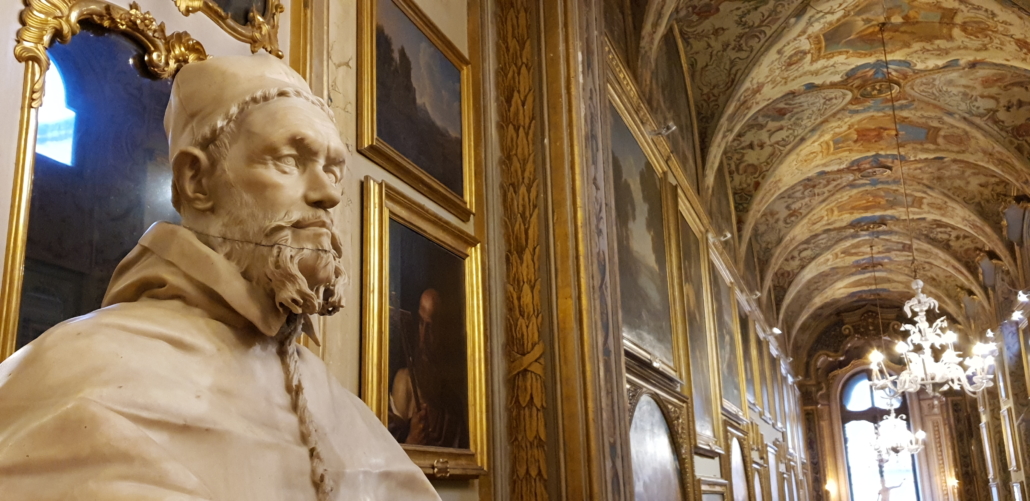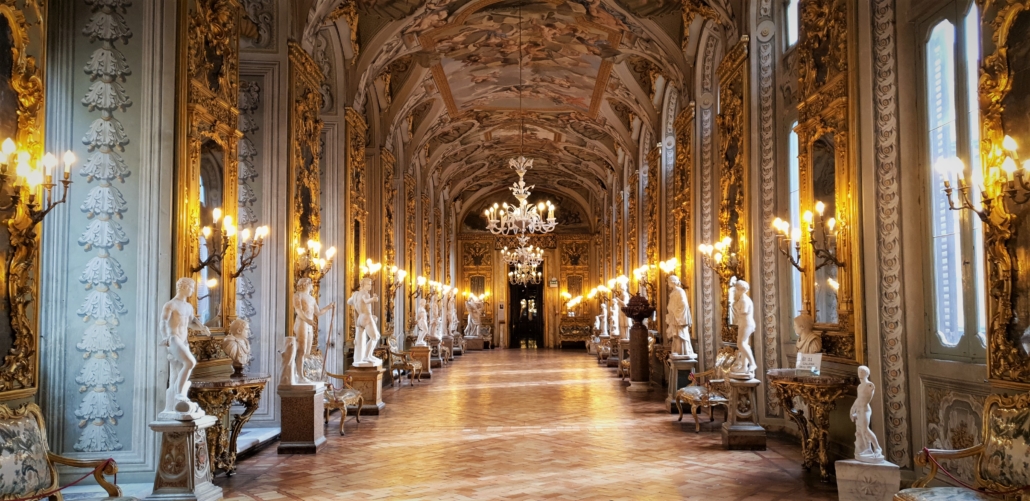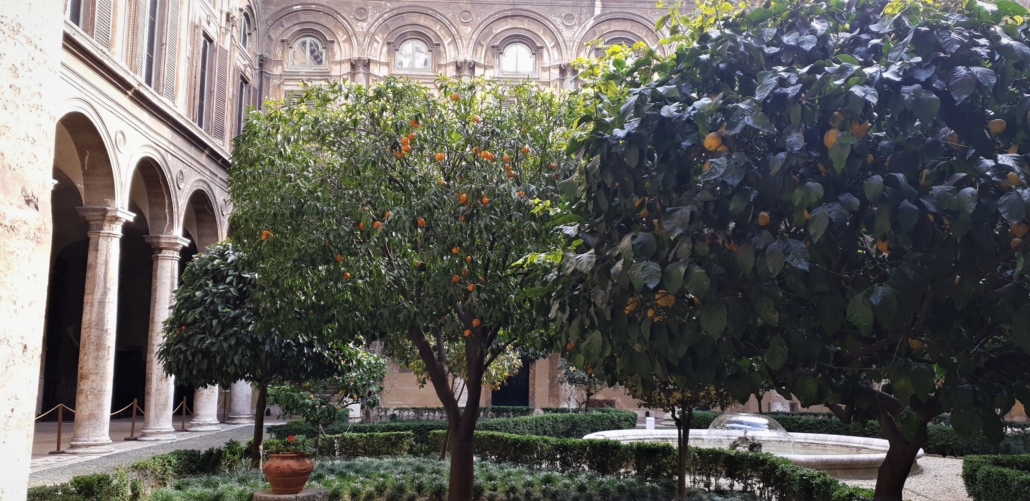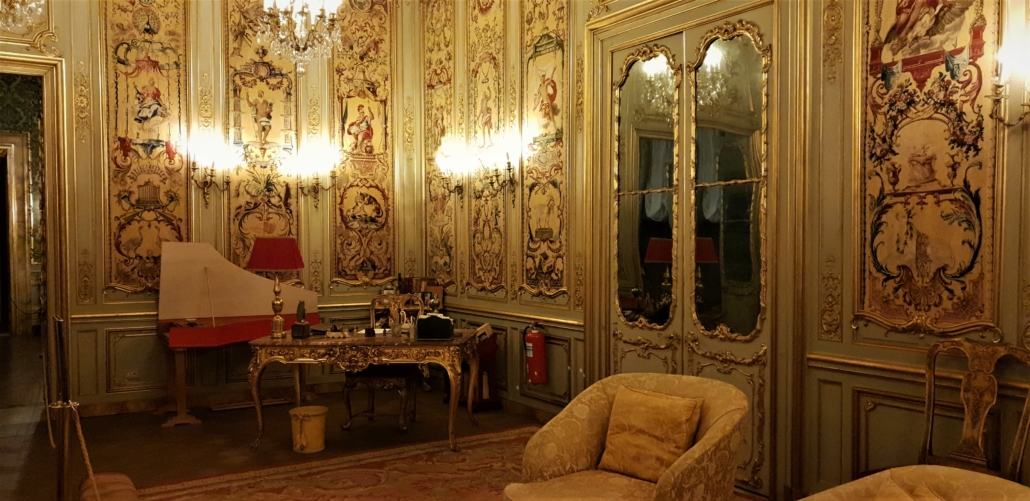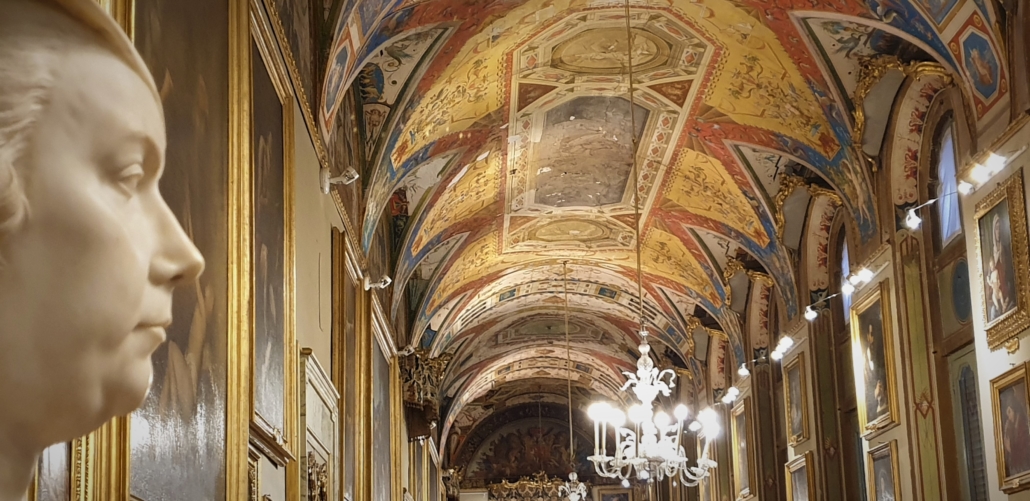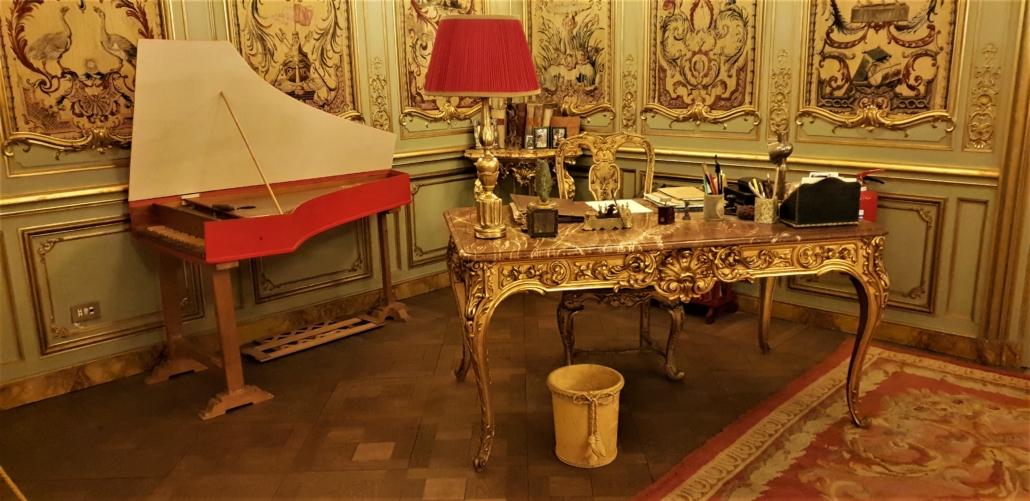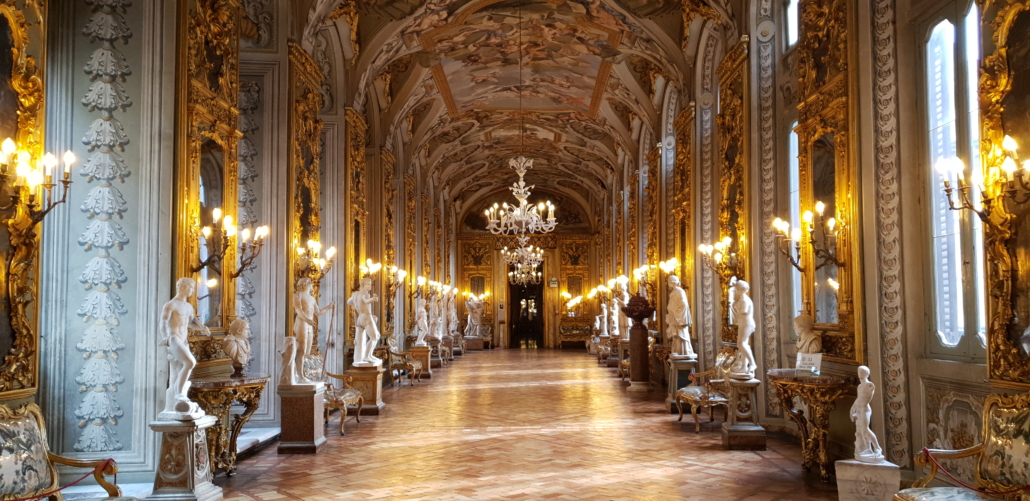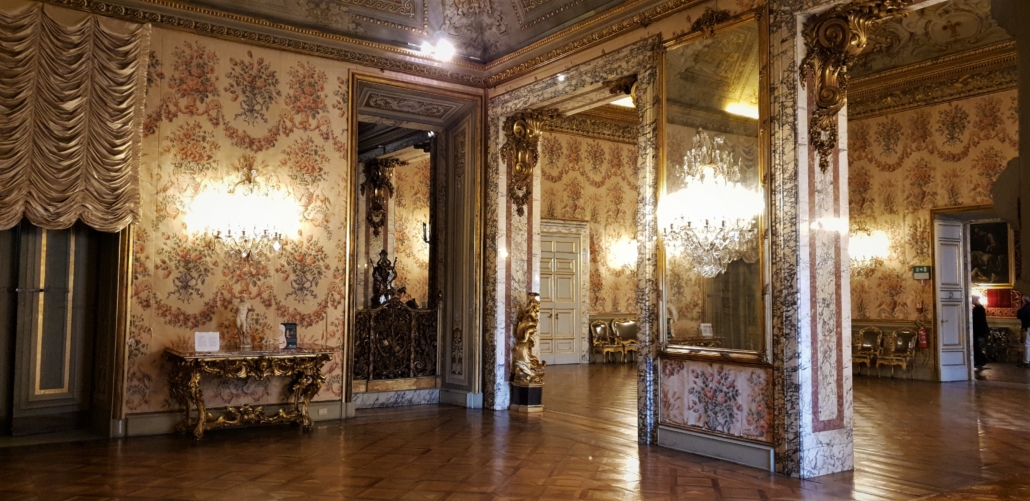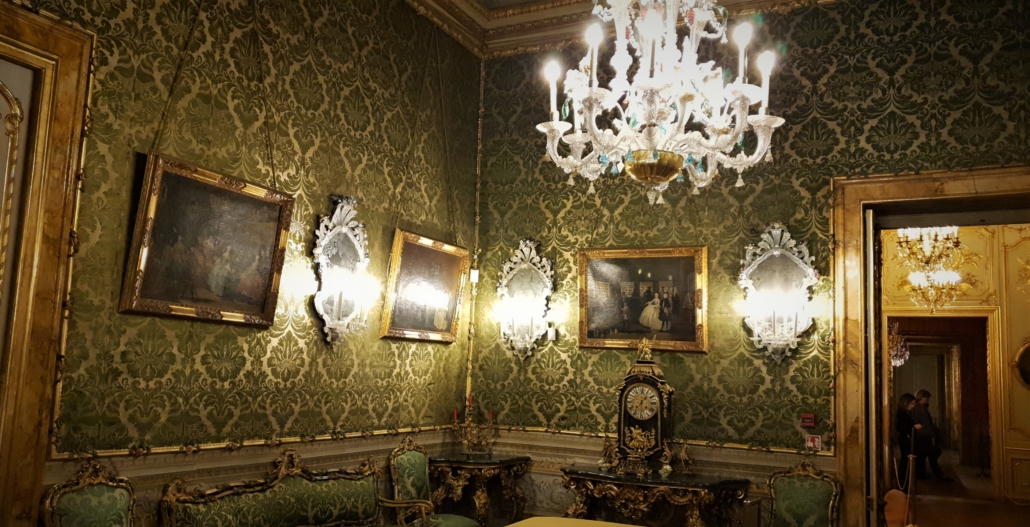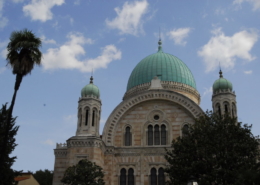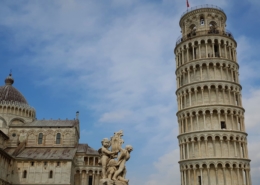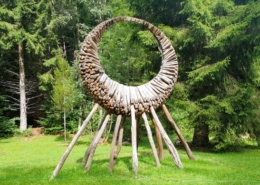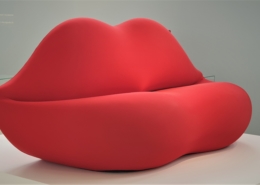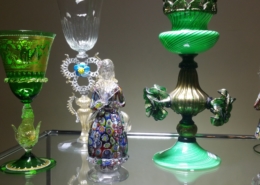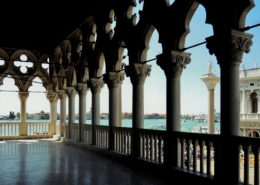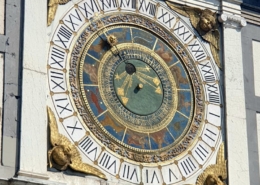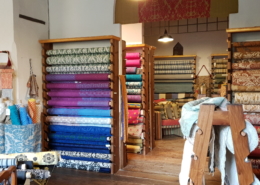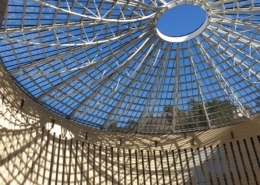Highlights of this tour
- Visit to a private noble home still inhabited by its owners
- Important art collection: Raphael, Titian, Annibale Carracci, Caravaggio, Peter Brueghel & many others
- Portrait of Pope Innocent X by Velazquez
- The Mirrors’ Gallery
- Historical background with description of most important family members
PALAZZO DORIA PAMHILJ – A PRIVATE MANSION IN THE HEART OF ROME
Palazzo Doria Pamphilj is an ancient noble mansion, still inhabited by the same family members, set at the beginning of Via del Corso, not far from Piazza Venezia, right in heart of Rome. The initial construction goes back to the 15h century, but it was enlarged and restructured many times during the following four centuries.
Austere, enormous and grey from the outside, it enshrines a luscious garden and a series of spectacular ‘Versailles-like’ rooms and, most important reason for a visit, an incredible series of absolute masterpieces for the 16th and 17th centuries, starring Raphael, Titian, Caravaggio, Annibale Carracci, Bernini and many others.
Palazzo Doria Pamphilj originally belonged to the Della Rovere, but in 1601 passed to the Aldobrandini, and since 1661 to the Pamphilj, thanks to the wedding of the young widow Olimpia Aldobrandini with Camillo Pamphilj, The Palazzo came as a dowry with a rich collection of Renaissance paintings and sculptures, many of which can be still admired today in the collection.
If you enjoy the visit of ancient private mansions check our Ca’ Rezzonico tour in Venice
In 1644 Giambattista Pamphilj became Pope Innocent X. In 1651 he instituted the Gallery.
In 1760 the Doria Pamphilj branch took over the direct Pamphilj dynasty.
Your guide will sketch the history of the collection and will introduce some of the most prominent family members: Pope Innocent X (Giovan Battista Pamphilj), his nephew Camillo – great art collector -, and his mother Olimpia Maidelchini, the terrible ‘Pimpaccia’. Their portraits will haunt us throughout the visit!
After we’ve climbed the central stairway we enter the ‘Poussin’ room, commissioned by Camillo Pamphilj in 1661, totally covered landscape paintings, according to the fashion of the time. The Red Velvets Room follows: the textiles, completely hand-loomed, arrived in Rome from Genova with the Doria branch of the family. The terracotta floor and the opulent 18th century original furniture complete the atmosphere.
Past the Ballroom and the family chapel (designed by the great architect Carlo Fontana in the 17th century, we reach the core of Palazzo Doria Pamphilj: the celebrated four-branched Gallery, running around the inner courtyard.
The strongest portraits we encounter are those of Pope Innocent X, whose physical presence seems to persist through the centuries in these rooms. If the two busts by Gian Lorenzo Bernini are impressive in their realism, the portrait by Diego Velazquez is almost embarrassing in its pitiless psychological introspection: the soul of the Pope, avid, brutal, skeptical, is revealed without any form of softening by the brushes of the great Spanish artist. Innocent himself commented: ‘It is too real!’.
If the haunting presence of Pope Innocent will let us go,
we’ll continue into the Gallery with the impression of walking back into the past, rewinding the stories and generations, while the paintings seem to have been hanging on the same spot from time immemorial.
Amassed one on top of the other – in a way that might remind another legendary private collection – Palazzo Pitti in Florence – hundreds of masterpieces rival with their magnificent gilded frames, and with lavishly decorated vaulted and frescoed ceilings. Amongst them you’ll recognize world famous works by Raphael, Titian, Annibale Carracci, Guercino, Parmigianino, Guido Reni and many others. The affect, all in all, is overwhelming.
Palazzo Doria Pamphilj is also famous for a splendid Mirrors’ Gallery, a relative of the one in Versailles but perhaps even more attractive. It boasts high-quality tremendously expensive Venetian mirrors, ancient statues and a marvelously colored hyper-decorated ceiling frescoed in 1733 by a Bolognese painter.
Proceeding our visit to Palazzo Doria Pamphilj we cannot but stop into another surprisingly lively portrait, the bust of Olimpia Maidelchini by Alessandro Algardi (1646-47). Married to Pamphilo Pamphilj, she was mother to Camillo and sister-in-law, economic advisor and – perhaps – mistress – to Pope Innocent X.
Your guide will briefly sketch this figure of domineering, energetic, influential woman that Romans had their reasons to dislike!
Dulcis in fundo, Palazzo Doria Pamphilj’s oldest section, the Aldobrandini room, were we stand in owe of two world famous works by Caravaggio, acquired by Camillo Pamphilj:’Penitent Magdalene’ and the ‘Rest on the Flight into Egypt’. We will observe how Magdalene and Mary look like two twins in these paintings, as Caravaggio must have used the same model for both…The Penitent Magdalene inspired Georges de La Tour to produce several versions of the same subject.
A few notes on the present owners of the Palazzo Doria Pamphilj and on their engagement with the Collection will complete our itinerary.
Cost of this tour
- This tour lasts three hours and costs 330 euros up to six people (not per person), only private parties.
- For larger parties send us an email!
- Admission fees per person: 19 euros full rate, 2 euros children under 12 years old

